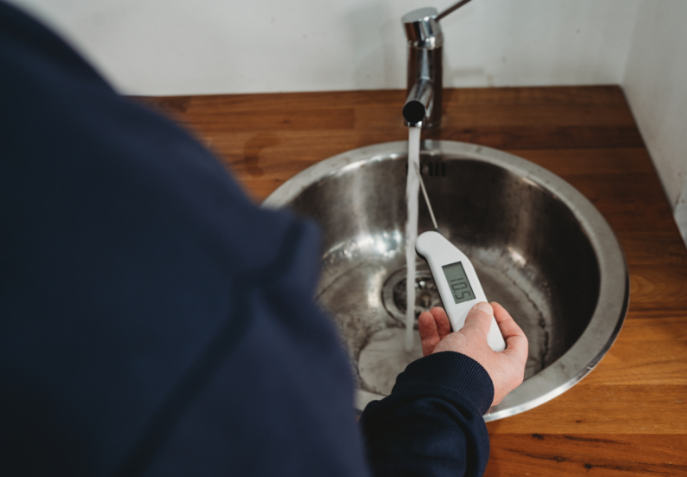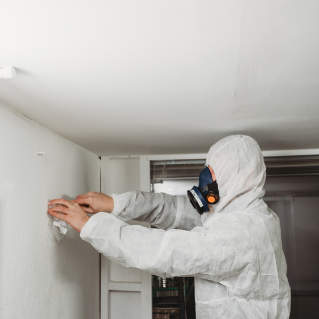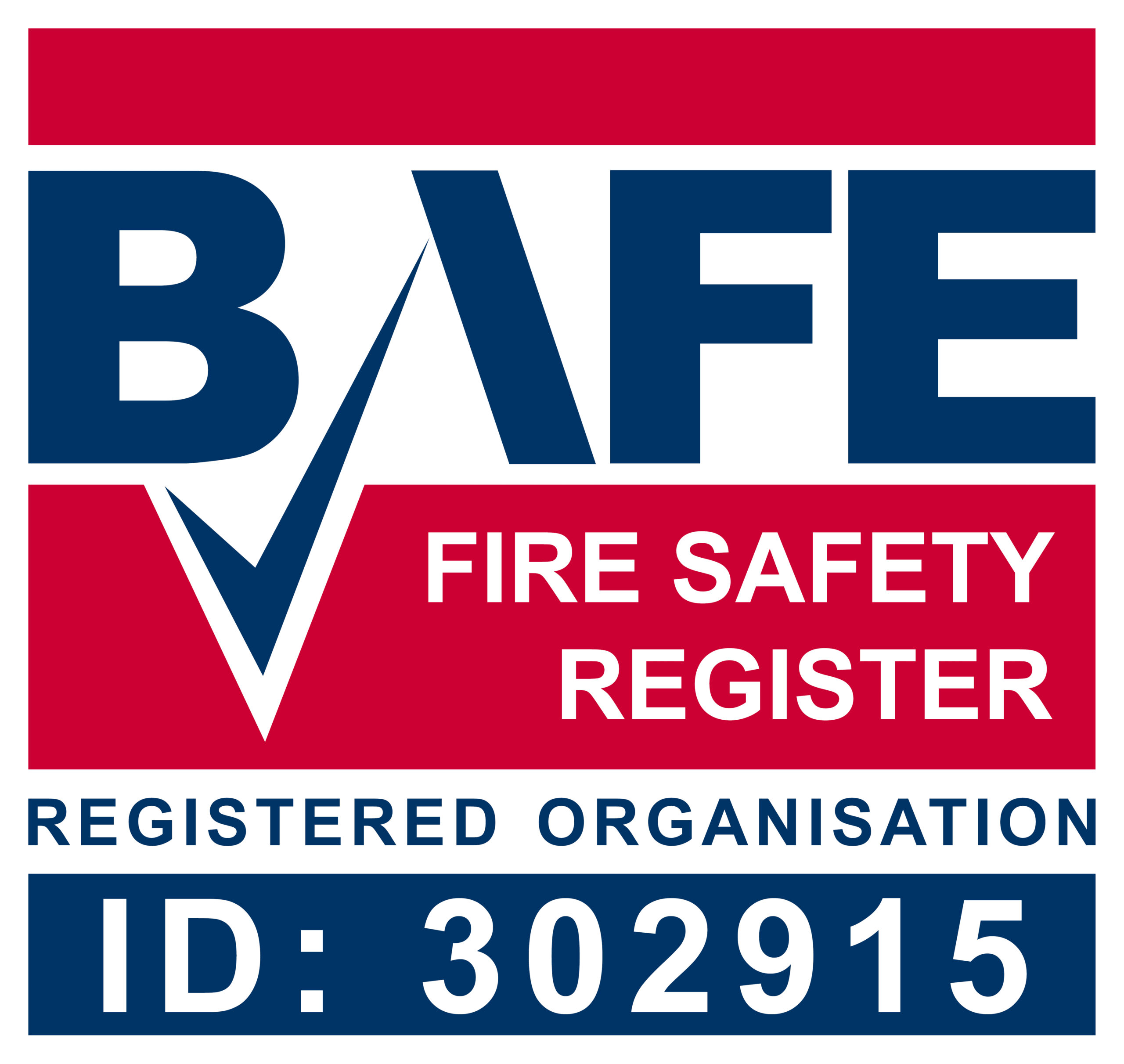



The HSE guidance document Legionnaires’ disease: The control of legionella in hot and cold water systems (HSG 274) states that
“all water systems require a legionella risk assessment”
and
“it is a legal duty to carry out an assessment to identify and assess whether there is a risk posed by exposure to legionella from the hot and cold water system or any work associated with it”
The HSE guidance document HSG 274 is enforceable under the Health & Safety at Work Act 1974 and COSHH Regulations 2002 (Control of Substances Hazardous to Health).
Please note that under the Corporate Manslaughter and Corporate Homicide Act 2007, companies can be found guilty of corporate manslaughter in circumstances where management failings result in a gross breach of their duty of care.
The HSE guidance sates that all water systems require a legionella risk assessment and the responsibility lies with employers, those in control of premises and those with health and safety responsibilities for others. This will include persons who are
A legionella risk assessment is the first stage in determining the risk posed by your water systems and fulfilling your legal obligations with regards to the control of legionella.
It is the responsibility of the statutory dutyholder to ensure a legionella risk assessment is undertaken, and, that there is a suitable legionella control regime in place so as to
Where there are five or more employees, the significant findings of the assessment must be recorded. All legionella monitoring and inspection records should be retained for at least five years.
Salvum Ltd have a wealth of expertise in this field and our experienced consultants will carry out a comprehensive assessment based on the mechanical, operational, chemical and management aspects of your water systems. Our bespoke reports include details of the following:
The microbiological analysis of water samples is available upon request and undertaken by a UKAS accredited laboratory.
Legionnaires’ disease is a potentially fatal form of pneumonia caused by the bacterium Legionella pneumophila. Legionella bacteria can also cause less serious illnesses such as Pontiac Fever and Lochgoilhead Fever, which are not necessarily fatal or permanently debilitating. The diseases caused by legionella and related bacteria are known as Legionellosis’.
The bacterium Legionella pneumophila serogroup 1 is the most common cause of Legionnaires’ disease. The first reported outbreak occurred in 1976 among attendees at an American Legion Convention in Philadelphia. A total of 221 people were infected, of which 34 died. More recently, outbreaks have been reported in Carmarthen, Stoke and Edinburgh.

We can normally be onsite within a few days and have the report to you within 2-3 working days of the assessment date.
It is the responsibility of the statutory duty holder to ensure a legionella risk assessment is undertaken, and, that there is a suitable legionella control regime in place. This will include persons who are
– Responsible for business premises
– An employer or self-employed with business premises
– A landlord (residential or commercial)
– Responsible for a part of a dwelling where that part is used for business purposes
– Providing accommodation for paying guests
As the responsible person you must carry out and regularly review a legionella risk assessment of the premises. This will identify what you need to do to prevent the proliferation of legionella and keep people safe.
The HSE guidance states that “It is the legal duty for landlords who provide residential accommodation to consider, assess and control the risks of exposure to legionella to their tenants”.
This will vary depending on the type of water systems in place and the outcome of your legionella risk assessment.
Legionella bacteria are present in the natural environment and can be found in both artificial and natural water systems such as lakes, rivers, reservoirs and soil. As the bacteria is naturally occurring, it may be present in the mains water supply to your building (typically in low numbers).
Legionella bacteria are most likely to proliferate within water systems where the following conditions are prevalent:
– Water temperature in some or all parts of the system is between 20°C to 45°C
– Deposits which support bacterial growth by providing nutrients (e.g. rust, sludge, scale, biofilms, algae, amoeba and other organic matter)
– Water is stored and/or recirculated around a system (e.g. cold water storage tanks and calorifiers)
Yes. The HSE guidance document HSG 274 states that “all water systems require a legionella risk assessment”.
The HSE guidance document HSG 274 is enforceable under the Health & Safety at Work Act 1974 and COSHH Regulations 2002 (Control of Substances Hazardous to Health).
Yes, our reports are fully compliant with the HSE guidance document Legionnaires’ disease: The control of legionella in hot and cold water systems (HSG 274). We have an in house compliance procedure where by the report is checked before being sent to our clients.
Yes. All our legionella consultants are full members of the Water Management Society.
No we don’t. We are an independent consultancy. We feel that undertaking remedial works such tank cleaning and disinfection can be seen as a conflict of interest and therefore compromise our advice.
Yes we do. We hold Professional Indemnity Insurance which safe guards our advice. We also hold Public Liability Insurance and Employers Liability Insurance as standard. Our certificate is available upon request.
We accept payment by Debit Card, Credit Card, Bank Transfer (online banking) or Cheque. Whichever is easiest.







